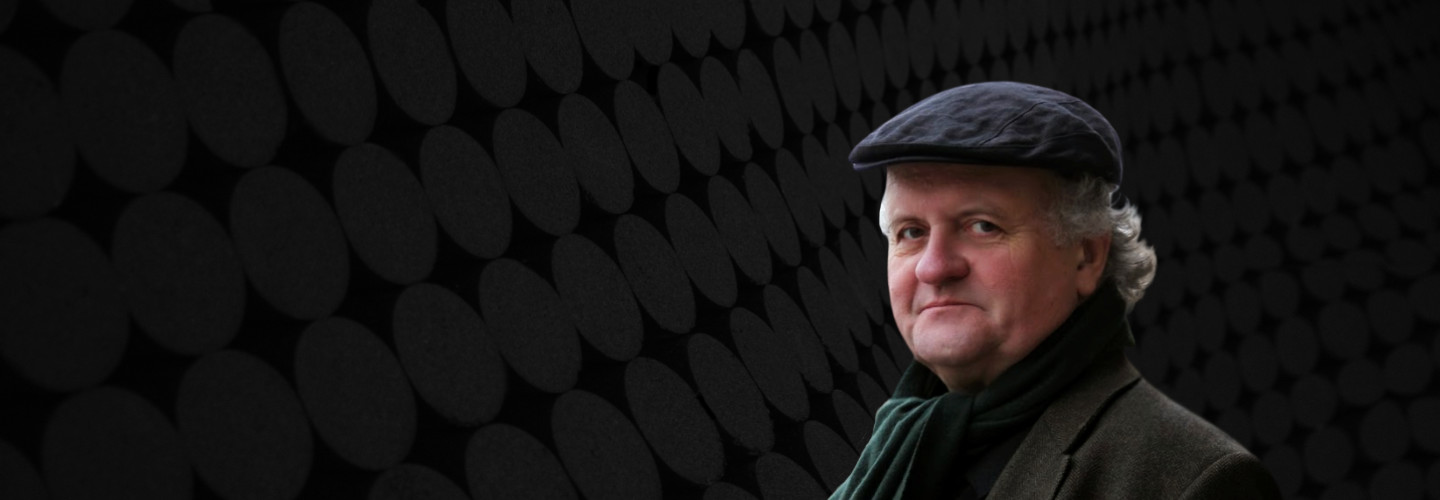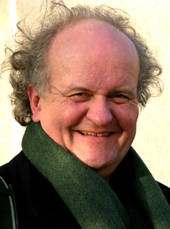

Wolfgang Rihm
"CONCERTO"
Short instrumentation: 2 2 3 2 - 2 2 2 0 - perc(4), hp(2), cel, pno, str(6 6 4 4 2)
Duration: 30'
Solos:
2 violins, viola, violoncello
Instrumentation details:
1st flute
2nd flute (+picc)
oboe
cor anglais
1st clarinet in A
2nd clarinet in A
bass clarinet in Bb
bassoon
contrabassoon
1st horn in F
2nd horn in F
1st trumpet in C
2nd trumpet in C
1st trombone
2nd trombone
1st percussion
2nd percussion
3rd percussion
4th percussion
celesta
1st harp
2nd harp
piano
violin I(6)
violin II(6)
viola(4)
violoncello(4)
contrabass(2)
Rihm - "CONCERTO" for string quartet and orchestra
Printed/Digital
Translation, reprints and more

Wolfgang Rihm
Rihm: "CONCERTO"Orchestration: für Streichquartett und Orchester
Type: Partitur

Wolfgang Rihm
Rihm: "CONCERTO"Orchestration: für Streichquartett und Orchester
Type: Studienpartitur
Sample pages
Audio preview
Work introduction
Rihm describes his Dithyrambe as "fast, dense music", in which the string quartet represents a "creature with four mouths – yes, four heads and four mouths, one beast!" This "beast" is surrounded by the orchestra as if by a "cage or a chamber with open windows; inside, the quartet plays, well, ‘chamber’ music. Or else: the orchestra is a body inside which the nerves (the quartet) dance." Rihm further notes: "I usually write ‘nervous’ music for string quartet. I perceive this instrumental combination as ‘naked’, with all the nerves exposed." Yet by giving voice to both the "beast" and the "cage", Rihm puts the "madness" in a "sane" perspective. The string quartet plays very fast notes in almost perpetual motion much of the time, but the orchestra often supplies long melodic lines to offset that hectic activity. The entire piece, then, seems to be a representation of a nervous state of mind – a German critic called it "motoric madness" – that is suddenly calmed, or sub-limated, at the end.
Rihm’s image of a "beast in a cage" suggests that this one-movement concerto may be best perceived as a single unit and should not be broken down into a linear sequence of formal segments, as musical analysts are used to doing.
Nevertheless, we can identify a few distinct types of material whose unpredictable interactions define what happens in the piece. Two of these, the perpetual motion and the long melodic lines, have already been mentioned. A third one, consisting of the insistent repeats of a single note, appears shortly after the beginning and returns periodically to provide a very striking form of punctuation.
For almost half an hour, the music winds its way between long stretches of perpetual motion, brief moments of respite, and powerful orchestral surges. The former are often characterized by a cessation of the perpetual motion and a series of ethereal harmonics in the string quartet and/or the orchestral strings; the latter by energetic entrances of the brass. The role of the large percussion battery is extremely important: the woodblocks and bongos are used to emphasize and complement the perpetual motion, while the mallets (vibraphone, marimba) and bowed cymbals combine with the celesta and the harps to amplify the string harmonics.
A turning point occurs when the piano remains alone to play a series of repeated open fifths in a steady crescendo as the tempo slows down significantly. Other instruments join in to give more body to this single interval, so pared down after the extremely complex harmonies of the preceding 20-plus minutes. This proves to be the decisive moment in the piece, a kind of 'knocking' after which the doors of the 'cage' seem to be opened. The perpetual motion gradually loses its momentum and, following a final eruption in the woodwinds and brass, disappears altogether. Aside from the occasional notes of the bowed antique cymbals, the string quartet remains alone to end the piece in a way that has struck one critic as totally incongruous: a few measures of slow and subdued chords, ending with, of all things, a classically simple D-minor chord. Is this ending really incongruous? Or does it have a specific meaning: resolution, or perhaps to the contrary, resignation and loss of hope? It is up to each of us to decide, yet it is not necessary to verbalize our reaction. As Rihm has said, "Not everything can be put into words. That is why it has been made into music.”
Peter Laki
